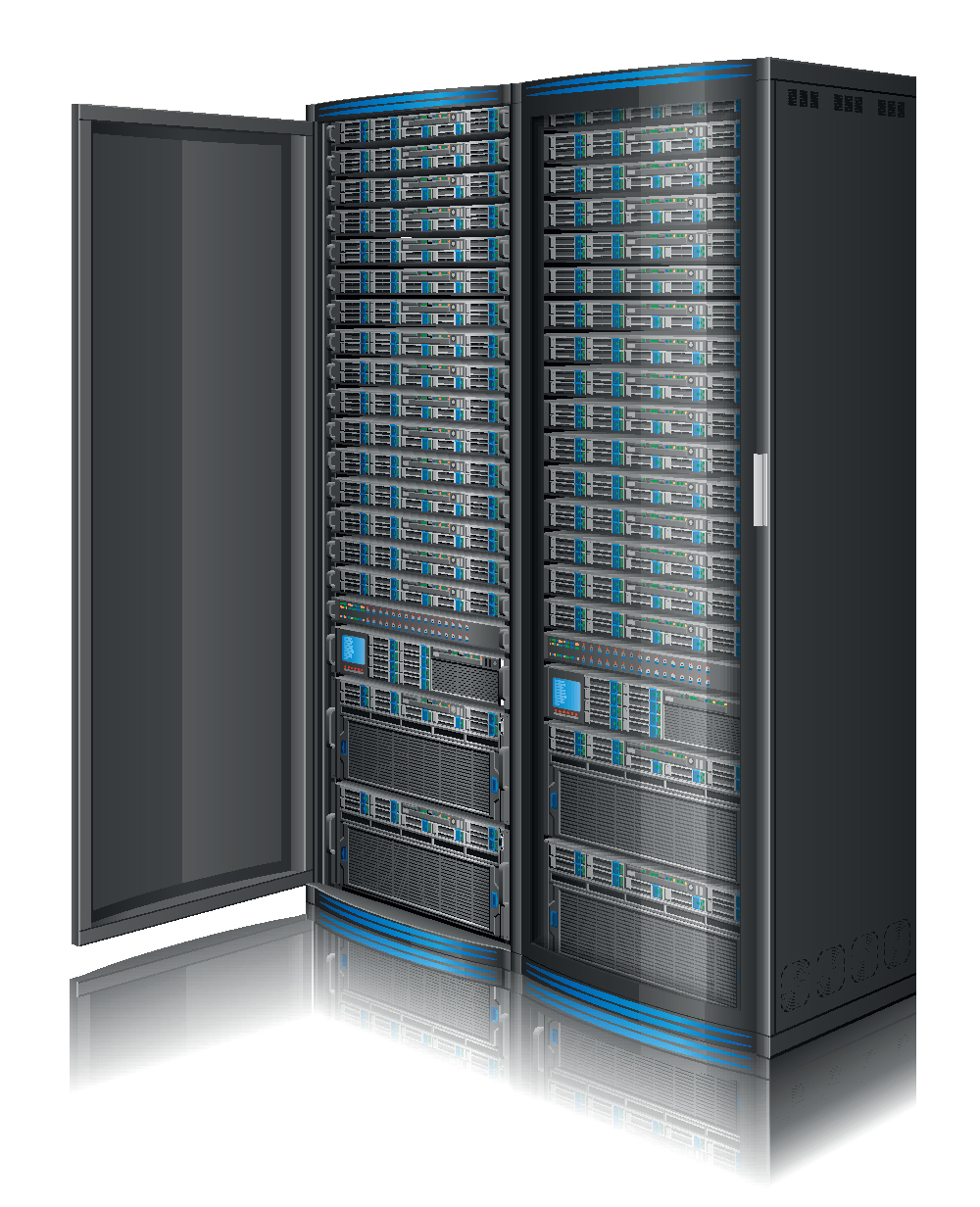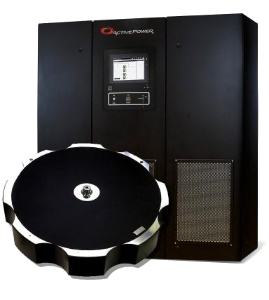Data Center UPS
In the event of a utility outage, the cost of downtime can be very detrimental in lost profit and productivity. A data center uninterruptible power supply (UPS) can provide your data center with the proper backup and protection to keep operations online. In addition to providing battery backup in the event of an outage, a UPS regulates the flow of power in order to limit voltage dips and surges that can damage equipment.
A UPS is different from a standby generator in that it will provide near-instantaneous protection by supplying energy stored in batteries or a flywheel. The battery run time of most UPSs are usually short, but sufficient enough to keep everything running while a standby power source or generator is turned on.
As a vendor neutral reseller, 2NSystems has the flexibility to provide customers with cost effective uninterruptible power supply options from multiple manufacturers. This allows 2NSystems to help customers choose the UPS that best fits the specific needs of their data centers.
There are three general categories of uninterruptible power supplies:


UPS FLYWHEEL TECHNOLOGY
Flywheel systems store kinetic energy (energy of mass in motion) by constantly spinning a compact rotor in a low-friction environment. A flywheel’s stored kinetic energy is proportional to its mass, the square of its radius, and the square of its rotational speed (RPM).
Some of the benefits of UPS flywheel technology include:
- Superior-quality output compared to other UPSs
- Eliminates or greatly reduces the need for batteries
- Fewer maintenance, operating, and replacement costs
- Offers better ergonomics than battery-based systems
Ek = K ⋅ mass ⋅ radius2 ⋅ RPM2